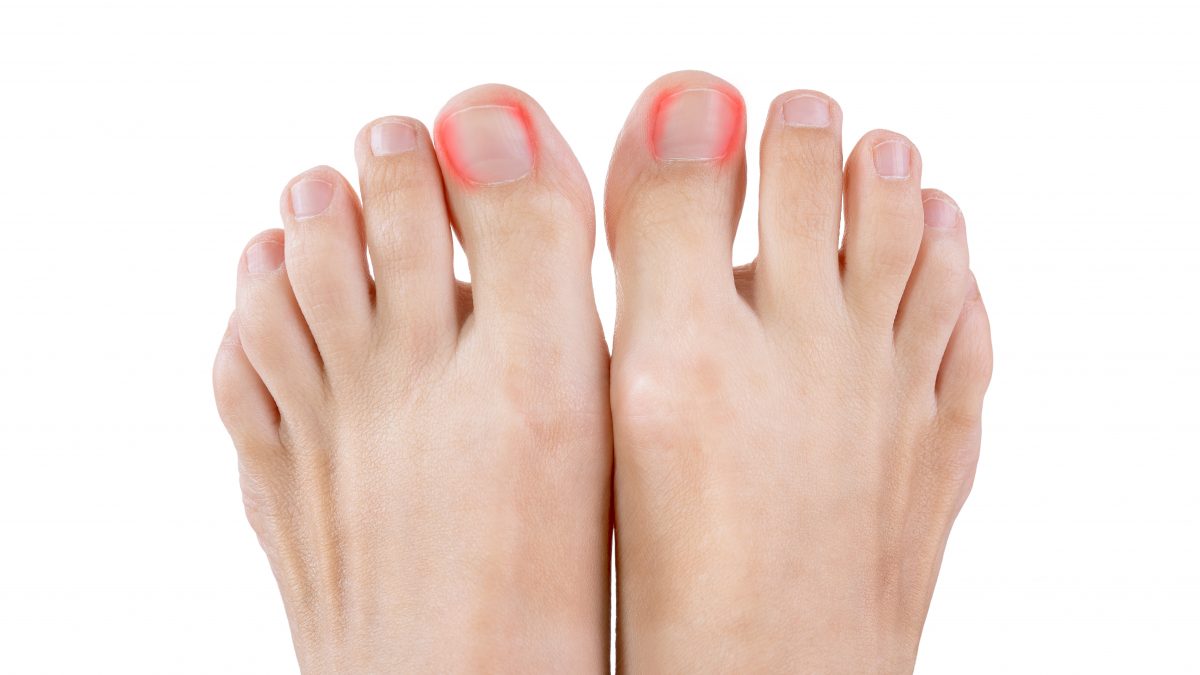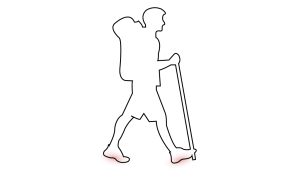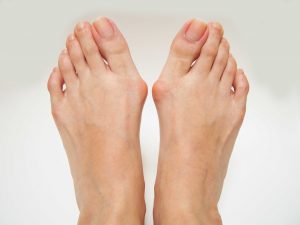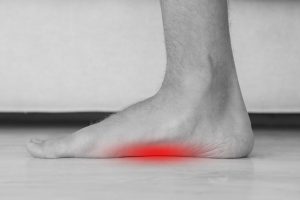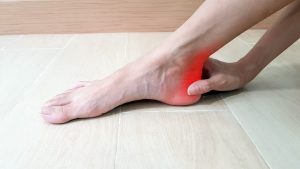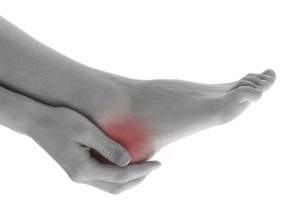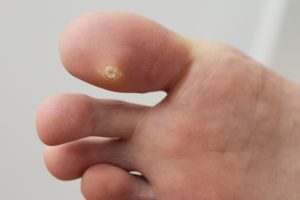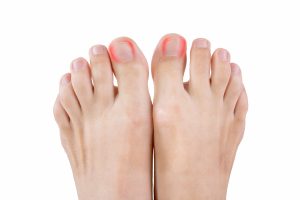Ankle Instability Treatment How do we treat ankle instability? When your ankle is injured, rehabilitation is crucial and starts the moment your treatment begins. Your specialist […]
Ingrown toe nail removal surgery
Ingrown Toe Nail
What is an ingrown toenail?
Ingrown toenails are a common condition in which the side of a toenail grows into the
skin , this can occur on both sides of the same nail. When the nail breaks through the skin it produces inflammation. This can result in redness, pain and swelling at the corner of the nail, followed by an infection. Sometimes a small amount of pus can be seen draining from the area.
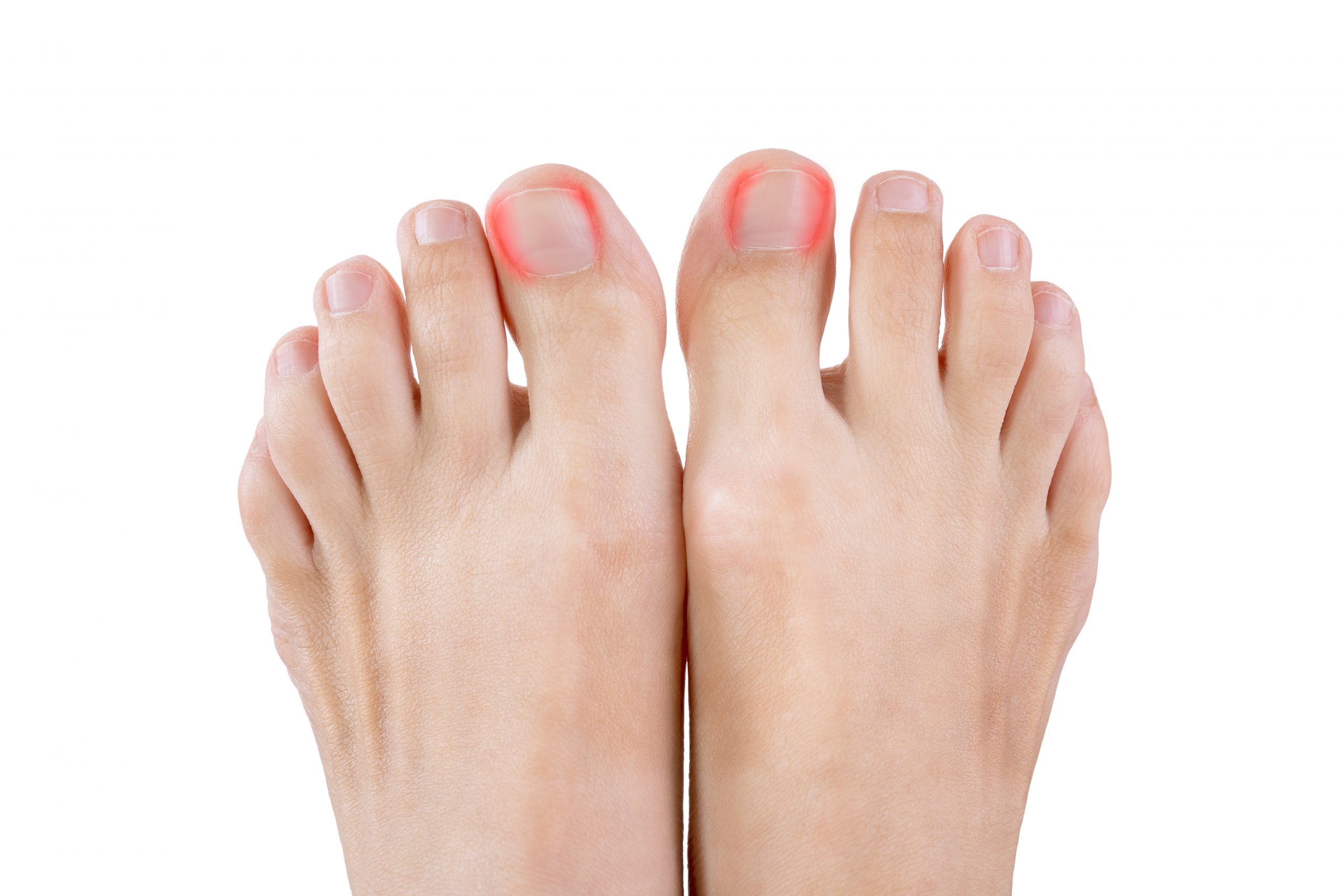
Causes of ingrown toenail:
An ingrown toenail is caused by toenails that grow inside the skin either because of
trauma or poor nail cutting. Some people have naturally wide or curved nails that are
predisposed to developing ingrown toenail problems. People of all ages can develop
ingrown toenail problems. We often see young children as well as adults with this
problem.
Infected ingrown toenail:
An ingrown toenail can often become infected with extra tissue growth around the big toenail as the body tries to contain the foreign body reaction. This is known as
hyper-granulation tissue. Pus, discharge, and redness results due to infection. Antibiotics may be needed as treatment, alongside removal of the ingrown nail if it
persists.
To resolve them, here at Podogo, sometimes in very mild cases the nail can be cut back carefully to remove a spike with or without local anaesthesia (depending on pain and severity).
In more problematic and recurrent cases, a nail procedure can be carried out.
Types of Ingrown Toenail Procedures:
If an ingrown nail procedure is required, this can be carried out in a number of ways depending on the problem and the patient. Ingrown toenail treatment may include:
Partial Nail Avulsion: This is when a wedge of nail is taken from the full length of
the side of a nail. This section can be left and allowed to regrow, or a chemical
called phenol can be applied to the root to stop this section growing back.
Total Nail Avulsion: This is when the total nail is removed and either left to regrow
or phenol can be applied to stop it regrowing.
Using phenol, the toe will need to be bathed in warm salty water and redressed daily for 3-4 weeks.
Surgical Excision: Alternatively, surgical excision of the nail root is also possible,
and the wound is closed using sutures. This procedure involves a larger dressing
and post operative rest, and sutures are removed 2 weeks after the procedure.
Bony causes: In some cases a small bump of bone can develop to the side of the
toe causing the nail to ingrow. More commonly, a bump of bone can also develop underneath the nail which can hinder smooth nail growth and cause pain.
X-rays are first carried out to assess for the bony bump (exostosis). In these cases, the bump of bone can be shaved down (exostectomy procedure) and sutures removed 2 weeks later.
Find out further information on ingrown toenail treatment and ingrown toenail removal
Frequently asked questions
You can help the ingrown nail by wearing wider fitting shoes and bathing the toe in warm salty water every day. Don’t cut down the sides of the nail as this may worsen the problem.
Infected toenails will need a course of antibiotics by your podiatrist or GP. Until you can do this you should bathe the toe in a bowl of warm salty water every day.
We do not recommend that you treat your ingrown toenail yourself as you could make the problem worse. If there is a visible spike of nail on the side of the toe you can try trimming or filing it but you should see a podiatrist as soon as possible.
Sometimes it is difficult to prevent an ingrown toenail as the nail thickness, width, and shape will differ from person to person. General good care should be taken though including wearing shoes with plenty of width so no pressure is being applied to the toes. You should also keep the nails trimmed and filed, do not cut the nails down the sides.
Related Blogs
Flatfoot Treatments
Flatfoot Treatment Flatfoot Treatment If you experience symptoms with flexible flatfoot, the flexible flatfoot surgeon may recommend non-surgical treatment options. Activity Modifications: Cut down on activities that […]
Morton’s Neuroma Treatment
Morton’s Neuroma Treatment Morton’s Neuroma Treatment How do we treat Morton’s neuroma: Non-surgical Morton’s neuroma treatments: We would aim to resolve the pain caused by Morton’s […]
Hammertoe Correction
Hammertoe Correction Hammertoe Correction Toe Deformity Treatment Toe deformities can cause significant pain and difficulty in wearing shoes comfortably. The toe deformity progresses over time until […]
Bunion Treatment
Bunion Treatment Bunion Treatment Bunion surgery techniques have developed over the past two decades producing procedures that produce consistent and reproducible outcomes. It is not uncommon […]
Gait Analysis & Orthotics
Gait Analysis Podogo utilises video gait analysis with specialist software designed to achieve the most accurate diagnosis of the way we walk and run. The major […]
Flat Feet
Flexible Flat Feet What is flat foot? Flatfoot is often a complex disorder, with diverse symptoms and varying degrees of deformity and disability. There are several […]
Tendon Problems
Achilles Tendon Problems What is the Achilles Tendon? A tendon is a cord of flexible, thick collagen tissues which joins a muscle to a bone. The […]
Heel Pain Syndrome
Heel Pain What is heel pain? Heel pain is a common foot condition, it is usually felt either under the heel or just behind it. The […]
Verrucae/wart & corn removal
Wart & Verrucas What is a wart & verruca? A wart is an infection in the top layer of the skin caused by the HPV virus. […]
Ingrown toe nail removal surgery
Ingrown Toe Nail What is an ingrown toenail? Ingrown toenails are a common condition in which the side of a toenail grows into the skin , […]

